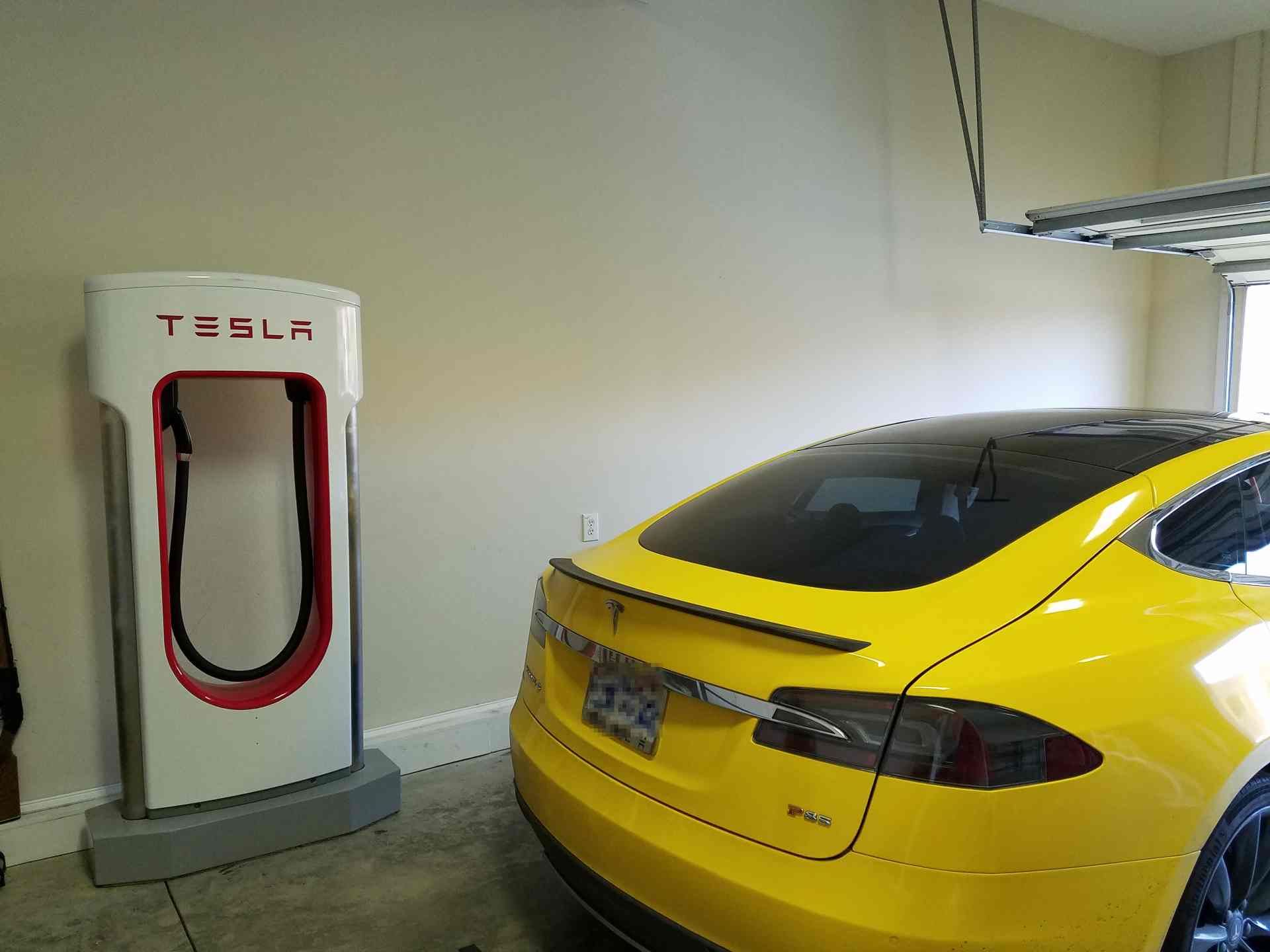I have been involved in a number of threads on the forums regarding 277v support via the Wall Connector / HPWC. There seems to be a lack of clarity in what is and is not supported and whether it will require a trip to the service center to "reset" your car if the voltage is too high.
Because of this, I reached out to Tesla for some official answers and they were *very* helpful. I am making the assumption that this is not proprietary here and so I am going to post the information here for the benefit of others. My questions are in black, and Tesla's responses are in Red.
Note that *officially* I think the recommendation is to install them using 240v or 208v, but they were kind enough to give me the skinny on what the cars actually support.
- Does the Model 3 support charging at 277v? Yes, Model 3 is capable of accepting a 277 volt AC power supply.
- What is the maximum charging voltage on the Model 3 (i.e. a 277v feed may fluctuate above that at times due to grid conditions) We allow for a +/- 10% threshold, so up to ~300v should be okay for Model 3.
- What happens if the max voltage limit is hit? Does charging just stop, or can damage occur or does a service center have to "reset" something to allow the car to charge again? Charging will stop if the vehicle doesn’t like the power supply.
- Why did Tesla remove 277v from the instruction manual on the Wall Connector? There are places I would like to encourage destination chargers to be installed and in many cases it would be cheapest to just wire directly to 277v rather than require a stepdown transformer. The on-board charger of Model S and Model X are a bit more sensitive to 277v power supplies and can be more prone to rejecting the power supply when there are excessive utility fluctuations. It doesn’t hurt the electronics of the vehicle, but it can lead to unreliable charging experiences. As a result, we’ve largely backed off from 277 volt installations.
- What are the voltage limits on the S and X (of the various different versions of charger that have been sold over time)? Do either of them have more constraining limits or need to be taken in for service in an over-volt situation? Model S and Model X can accept a power supply that’s at a true 277v, but a relatively small increase in voltage can result in the vehicle not charging.
Question: I know back in the Model S units there were the 40a units (or double that with two) and now they are 48/72a units.
Do both versions exhibit that sensitivity to 277v or is it more prone on one version or another of the onboard chargers?
Older Model S with the 40A/80A capable on-board chargers are a bit more forgiving with a 277 volt power supply. These vehicles can be most easily identified by the black nose cone, oftentimes referred to as the ‘classic’ or ‘original’ Model S. Refresh Model S (no nose cone) and all Model X are built with the 48A/72A onboard charger hardware, which is a bit more sensitive. These vehicles can potentially reject the power supply if the AC voltage goes above 280 volts.
Question: At 277v will a Model 3 still charge at a full 48 amps (13.3kW), or does it hit some other limit that restricts it?
There is an amperage ceiling and power ceiling to the onboard charger. Model 3 max power input is about 11.5 kW, which matches up nicely with a standard residential power supply (240 volts * 48 amps = 11.5 kW). When the AC voltage is higher the vehicle will draw less current to stay within the max power rating of the onboard charger. I would expect a Model 3 Long Range vehicle to cap out at around 41 or 42 amps when connected to a 277v AC power source (277 volts * 41 amps = 11.3 kW).
The ability for Model 3 to accept 277 volt power supplies was enabled via a firmware update that was pushed a few months ago. Looks like some of the issues in the forums are from May, as long as the Model 3 is on recent firmware it should be able to accept the 277 volt power supply.
So some great information here. This explains various discussion we have seen in the forums (about it working or not working) and also explains why Tesla backed away from 277v support in the HPWC. Original series Model S units could handle it without issue, but then the post-refresh Model S it is right on the borderline (as well as the X), perhaps resulting in poor user experience sometimes depending on grid voltage. Then the Model 3 had it disabled in firmware, but then they pushed an update so that now it works (and sounds like it should be reliable up through like 300v.
It is also interesting that there is a cap on total kW that the onboard charger can handle, so wiring things up at 277v may not buy you anything speed wise of charging.




